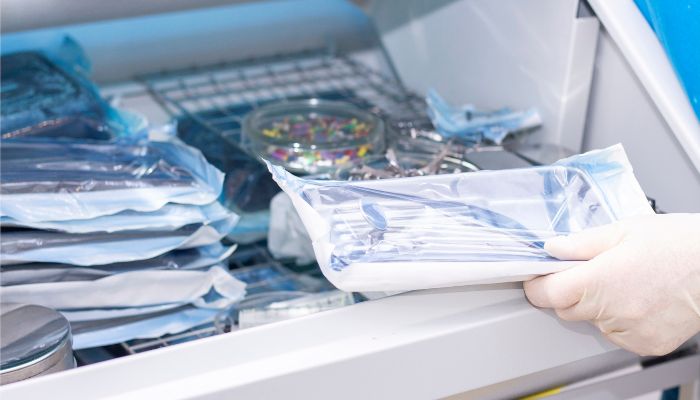
What to Look for When Buying a Dental Autoclave
If you’ve ever browsed dental autoclaves online, you’ve probably been hit with a wall of specs — chamber sizes, vacuum stages, drying cycles, compliance codes. It’s a lot.
But here’s the thing: most of those specs mean nothing if the unit doesn’t perform in a real clinical environment.
So how do you cut through the noise and buy something that actually does the job — without overpaying or ending up with a lemon?
Class B vs Class S (Yes, Again)
If you’re in Australia and you're sterilising dental instruments — there’s no debate: Buy a Class B autoclave.
It’s legally required for:
- Wrapped instruments
- Hollow tools like handpieces
- Any reusable item that touches mucosa
Key Features to Look For
- Pre-vacuum and post-vacuum: Ensures steam reaches every surface and dries completely.
- Cycle speed: Shorter wrapped cycles = higher efficiency. Look for ~20–30 minutes for typical loads.
- Drying performance: No damp pouches. No moisture = true sterility.
- Chamber size: 18–23L is perfect for small-to-medium clinics. Make sure trays are deep enough for your kits.
- Water compatibility: Some require distilled water only. Others have automatic filtration.
- Data logging: USB or printout is ideal — you'll need records during audits.
Questions to Ask Before You Buy
- What’s the warranty period?
- Where are repairs handled — in Australia or overseas?
- Are spare parts locally stocked?
- Is cycle data printable/exportable?
- Can I get service reminders?
Signs of a Good Supplier
- Transparent about local servicing
- Offers bundled servicing or spare parts
- Doesn’t upsell for your clinic size
- Supports post-sale training
We’re an online-only store — we don’t offer service or installation — but we only list models that are widely supported in Australia by authorised technicians.
Best Use Cases by Clinic Type
| Clinic Type | Suggested Autoclave Size | Notes |
|---|---|---|
| Solo practitioner | 18L Class B | Faster cycles, small loads |
| 2-chair clinic | 23L Class B | Handles daily throughput |
| Specialist clinic | 23L or dual units | Run one while loading another |
| Mobile van setup | Compact 18L Class B | Small footprint, power efficient |
Need help finding a reliable model that fits your workflow? Get tailored recommendations.
Related Articles
- Can You Sterilise Handpieces In An Autoclave?
- How Often Should You Service a Dental Autoclave?
- Best Dental Autoclaves for Small Clinics in Australia (That Won’t Blow Your Budget)
- Class B vs Class S Autoclaves: What’s the Difference (and Why It Matters for Aussie Clinics)?
- Best Dental Autoclaves for Small Clinics in Australia (That Won’t Blow Your Budget)
- How to Use a Dental Autoclave Step-by-Step (Without Damaging Instruments)
- TGA Dental Sterilisation Guidelines: What Every Aussie Clinic Needs to Know
Request a personalised quote or browse our autoclave and infection control range for Australian clinics.
